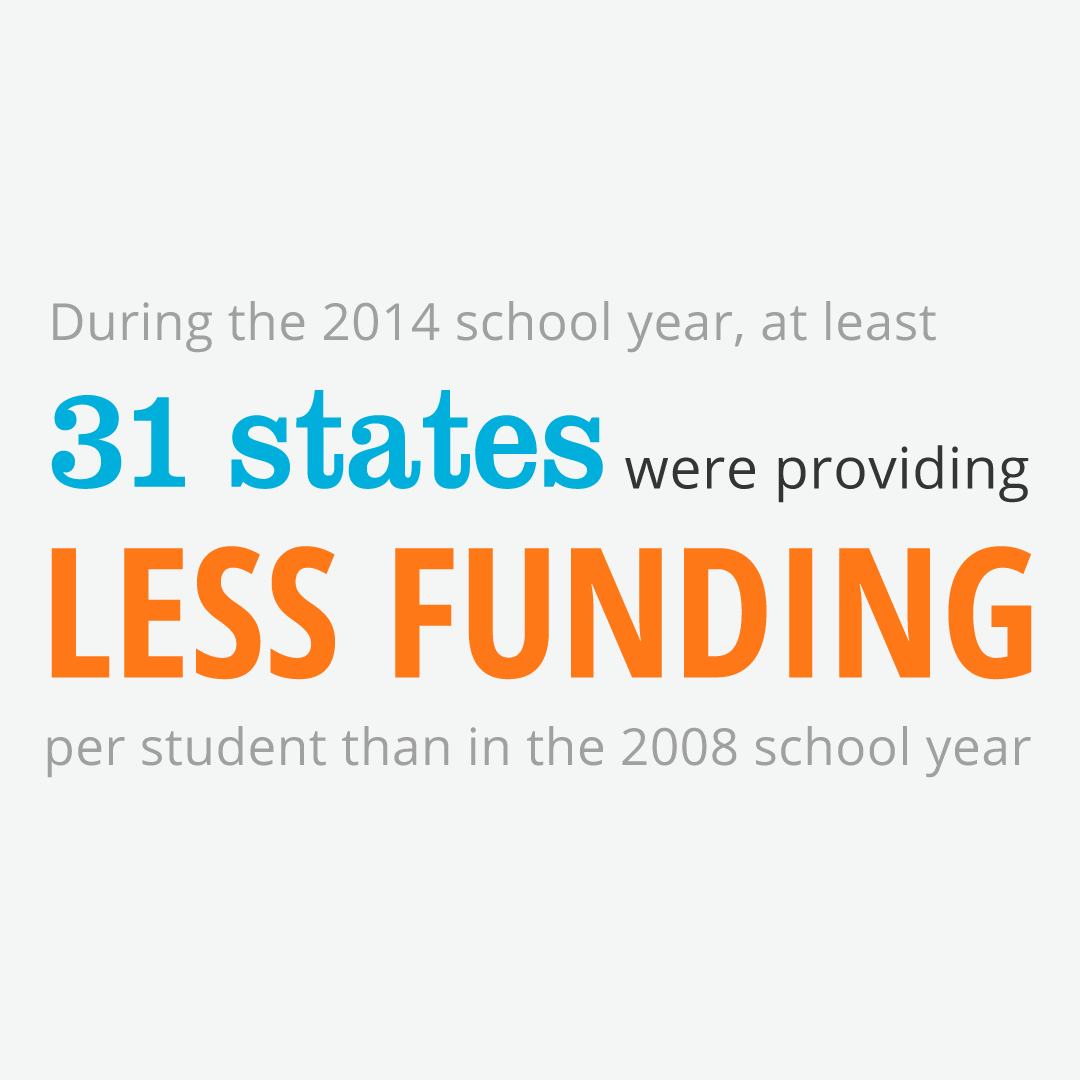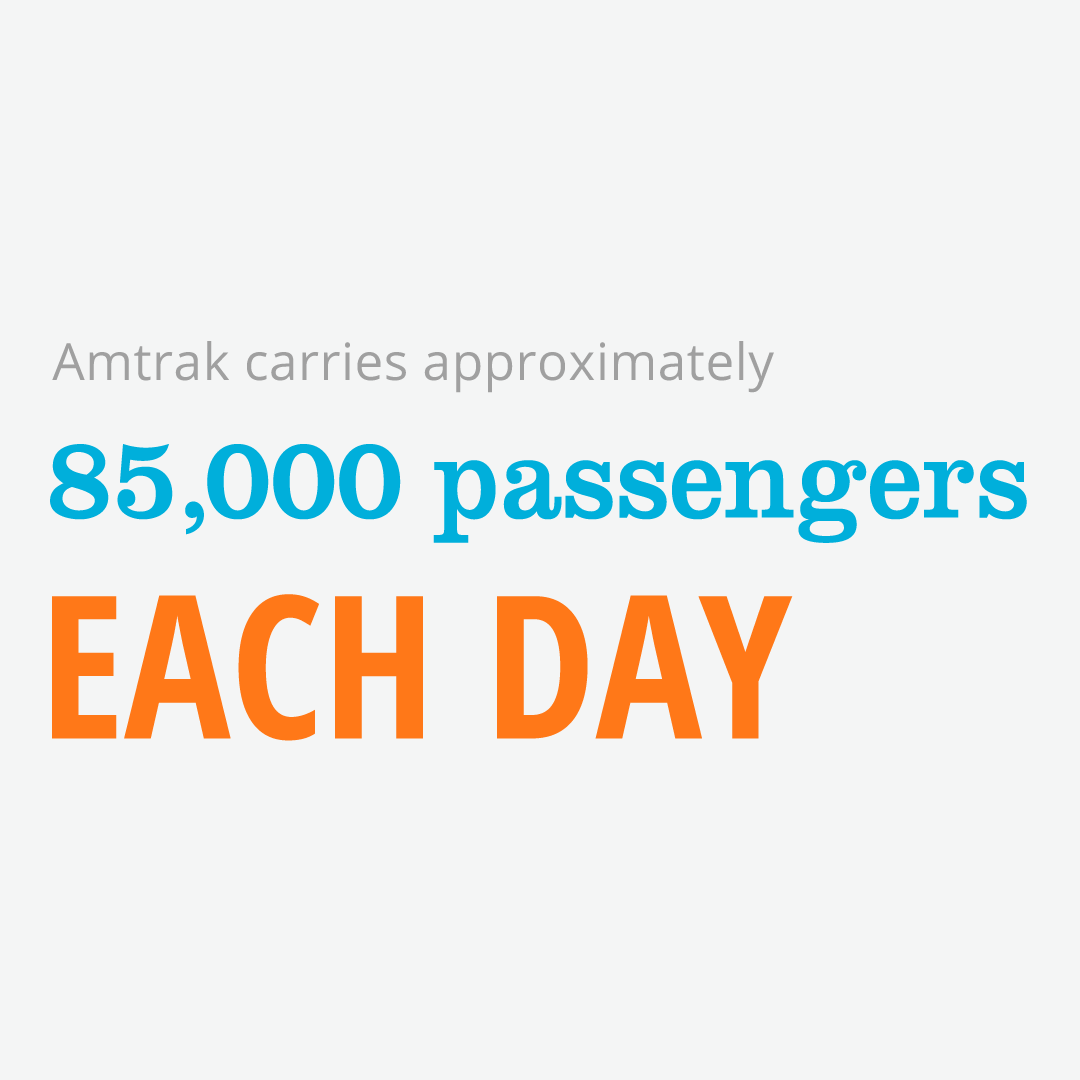On Tuesday, the National Capital Section of the American Society of Civil Engineers (ASCE) released its 2021 Report Card for D.C.’s Infrastructure, the Section’s first report since 2016. D.C. civil engineers gave eight categories of infrastructure an overall grade of “C”, an improvement from the “C-“ grade given in the 2016 report and a slight upgrade over the national grade of “C-“ issued in the 2021 Report Card for America’s Infrastructure. Graded categories included bridges (B-), drinking water (C+), energy (C+), levees (D), rail (B), roads (D+), transit (D) and wastewater (B-).
“The capital’s infrastructure systems are getting closer to where we want them to be” said Ranjit Sahai, P.E., ASCE’s D.C. Report Card Committee Chair. “We have seen encouraging trends since the 2016 report was issued when the grade was a ‘C-‘, but D.C. must continue to explore all solutions to improve the grades if we are to accommodate a growing population and economy in the future.”
D.C.’s energy (C+) and wastewater (B-) infrastructure have seen significant investment and innovative practices in recent years. D.C. has provided incentives to encourage more generation in the city from rooftop solar resources. The D.C. energy sector also landed the Power Line Undergrounding (PLUG) project in 2012, a multi-year initiative to bury distribution lines to protect them from storms. This ongoing $500 million project between the city and Pepco will increase resilience by 95%.
The District’s Blue Plains Advanced Wastewater Treatment Plant serve more than 2 million people between D.C. and the surrounding areas through nearly 2,000 miles of pipes. Blue Plains has the capacity to treat more than 380 million gallons of wastewater per day, and treated an average of 292 million gallons of wastewater per day in 2020. Combined sewer overflows (CSOs) caused by excess stormwater causes the sewage to mix into local waterways. To combat this, D.C.’s landmark Clean Rivers Project was put in place to capture the combined sewage. To date, the project has captured more than 10 billion gallons of combined sewage and 4,500 tons of trash, diverting them from the river to instead be treated. A new enhanced clarification facility can treat 225 million gallons of flow during wet weather events.
However, there is still work to be done. The capital’s population and businesses are growing, with estimates showing a growth in population from 672,200 in 2015 to 987,200 in 2045. This will put strain on all levels of infrastructure, but especially the surface transportation network. D.C.’s bridges (B-) and rail lines (B) are ready for extra users and freight movement. Only eight of D.C.’s 243 bridges – or 3.3% – are considered structurally deficient, much lower than the national average of 7.5%, although the average age of the city’s bridges is 62 years, much higher than the national average of 44 years. The freight rail network received a major boost with the completion of two double-stack-capable tracks through the Virginia Avenue Tunnel, which opens the door for more efficient shipments of goods.
Less fortunately, roads (D+) and transit (D) still need work to meet the needs of a growing population. The average D.C. commute is 43 minutes, the third highest rate in the nation and far greater than the national average of 27 minutes. Pedestrian deaths are also on the rise, indicating that D.C. must find ways to improve safety measures. Road conditions have improved, with less than 10% considered in poor condition. The Washington Metropolitan Area Transit Authority (WMATA or Metro) and the District Department of Transportation (DDOT) provide transit services in the region, but face aging infrastructure and steadily declining ridership, along with a $6.6 billion investment backlog. Metro requires an additional $1.8 billion investment to reach a state of good repair to simply comply with Federal Transit Administration, National Transportation Safety Board, and other safety and security directives.
The report also includes calls to action to raise the grades, such as:
- KEEP UP THE GOOD WORK AND LOOK AHEAD . Grades are improving for sectors that procure and generate sufficient funding, perform timely expansion or rehabilitation efforts, and invest in innovative and resilient approaches.
- EDUCATE THE PUBLIC ON TRUE COST OF INFRASTRUCTURE . Many infrastructure owners adequately determine their own needs and set user fees, but a sustained educational effort should be made to inform users of fee changes. The public’s willingness to finance new or upgraded infrastructure through fee changes is critical, especially when significant investment is needed.
- MAKE THE INVESTMENT . Asset management should drive smart infrastructure investments that are consistently and strategically based on long-term planning and prioritization.























































